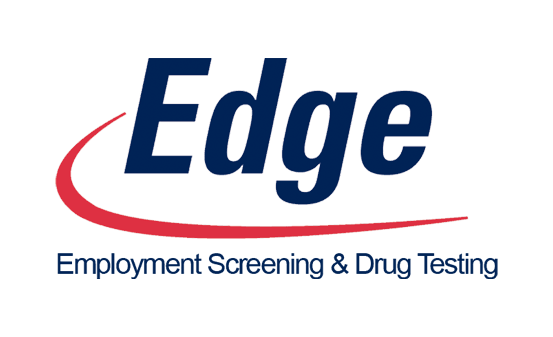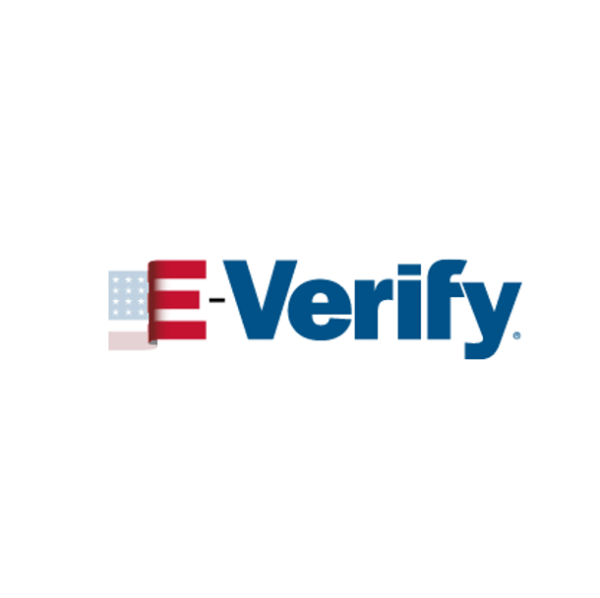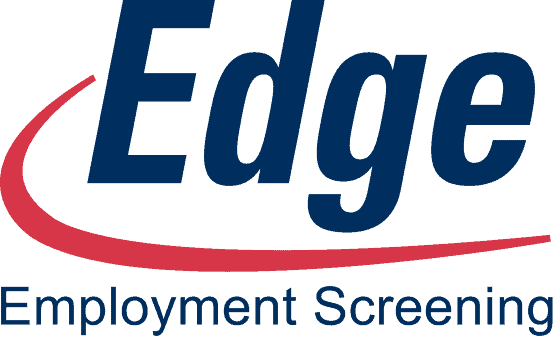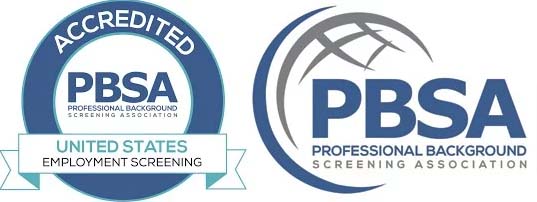
The work-from-home setup has been growing in popularity especially during the pandemic due to the flexibility and convenience it offers. For many people, this is a dream come true. However, there are some drawbacks.
Many jobs require an interview or verification process before employment can be offered. It can be difficult for employers to verify employees who work remotely, which is why we put together this list of tips for verifying employment from a WFH standpoint.
Know the basic legal requirements.
For all U.S hires, completing the Employment Eligibility Verification Form or Form I-9, is one of the key identity verification requirements that all employers must complete.
Non-compliance can result in fines and criminal penalties.
The form requires employees to present documentation that proves their identity and their eligibility to legally work in the United States.
This is a typical requirement in an on-site work environment. Employers in a WFH setup must have a process in place for new hires to submit acceptable identification papers, so you may verify them for validity. Using a paperless I-9 form with your pre employment background check company is a great method to complete the process while staying compliant.
Gather all available information on each candidate.
The identity verification process is easier if you have all the information you need upfront. Middle names, maiden names, name suffixes, and any previous aliases that an employee may have used are some examples of information you’ll need to get started.
Develop a consistent policy for all remote employees.
Your policy should be consistent across all remote employees. If you have a lot of WFH hires, developing a written standard operating procedure will keep the process organized and make it easier to follow.
Your policy should include the following:
The type of identification that is acceptable for verification purposes.
- How the identification should be submitted.
- What happens if an employee can’t provide proper documentation to complete verification on their own, or if the documentation is questionable.
- How often you will verify employee identities.
- What to do if an employee’s identity can’t be verified.
Hire an employment background screening company to conduct an SSN trace.
One of the best ways to ensure that you’re hiring the right person is by conducting a social security number trace. The SSN trace can identify if an SSN belongs to the individual who is applying for employment, and it can help identify if other individuals are using that specific number.
Conduct other verification processes.
In addition to the SSN trace, you can also conduct other identity verification processes such as a credit check or criminal background check. A pre-employment background check company can do a thorough background check that can reveal a lot about an individual’s character and you may be able to identify any inconsistencies.
Conclusion
Work-from-home will continue to be a popular option in the years to come. By implementing these tips, you can ensure that your identity verification process is easy to follow and compliant with the law. If you’re unable to verify an employee’s identity, the best course of action is to contact your employment background screening company for assistance.










